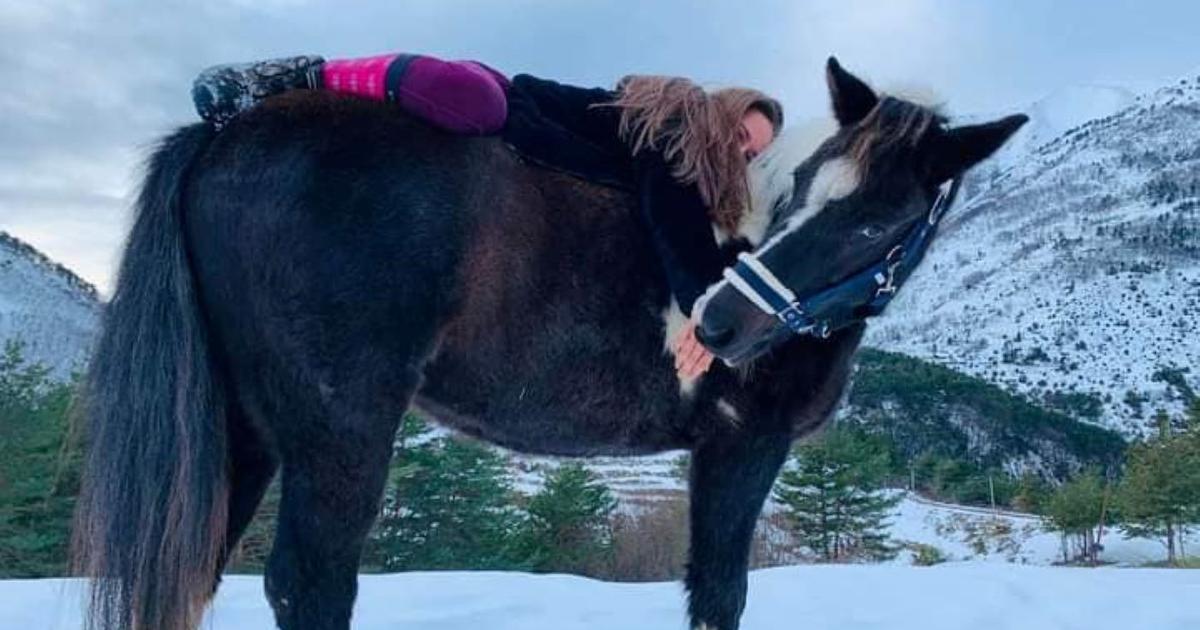The first so-called problem wolf was shot five years ago: Kurti came too close to people in the Lüneburg Heath.
Data show that humans are a far greater danger to wolves.
There is a reason for that.
Kurti was considered Germany's first "problem wolf". On April 27, 2016, he was shot on behalf of the state in Lower Saxony. Ten years earlier, “problem bear” Bruno had mixed up the Free State of Bavaria. Both animals regularly came too close to humans. Wolves are generally harmless to humans. A healthy animal very rarely attacks, writes the Federal Environment Ministry. Attacks could be traced back to three causes: rabies, provocation or food conditioning. Because Germany is a cultural landscape and rabies-free, the most likely cause is the habituation to humans combined with positive stimuli such as feeding.
This was also suspected in the case of Kurti: it is possible that he was fed as a young animal and lost his fear of people, said Lower Saxony's environment minister at the time.
Kurti had to be kept away from villages and stop following people.
But even a dedicated wolf expert from Sweden was unable to sell "MT6", Kurti's official identifier, on a permanent basis.
The shooting was decided.
The discussion about wolves continues.
35 pairs of wolves live in Germany
Where do wolves live in Germany?
Wolves are strictly protected and occur in Germany mainly in Brandenburg, Saxony, Mecklenburg-Western Pomerania, Saxony-Anhalt and Lower Saxony.
The Naturschutzbund (Nabu) counted 128 packs nationwide until last October.
A pack is defined as two adult animals with offspring.
There are also 35 pairs of wolves and 10 solitary animals in Germany.
Wolves were long extinct.
The first puppies were born in freedom only in 2000 - on a military training area in Upper Lusatia, Saxony, as Nabu writes.
Since then, wolves have been slowly reclaiming old habitats.
The state of Lower Saxony wants to get the return of wolves under control, among other things with the inclusion of the species in hunting law.
The state government wants to work in the federal government to define a lower limit that is necessary for the preservation of the wolves.
However, hunters and conservationists said that including the wolf in hunting law would have comparatively little impact.
Because according to EU and federal law, the wolf is still comprehensively protected regardless of the hunting law of the country.
+
Two wolves in the wild.
Many live in Lower Saxony.
© Carsten Rehder / dpa
Cut up habitats - death on the asphalt.
But the habitats, the forests, are often cut through by roads. Humans are a problem for wolves, most animals die on the asphalt - most recently 78 percent: of the 126 dead wolves in the past monitoring year (May 1, 2019 to April 30, 2020), 98 animals perished on the road, according to and Federal Advisory Service on Wolf (DBBW) writes in their annual report.
As of April 18, 2021, 50 dead wolves were found. 37 of them were run over - most recently a puppy in the Lower Saxony district of Verden. Not every dead wolf is found, notes the Lower Saxony State Hunters' Association. A sick animal, for example, withdraws to die. Nonetheless, if one assumes the recorded dead finds, road traffic is by far the greatest danger for wolves.
What to do if one encounters a wolf
?
In Lower Saxony, a wolf recently followed a walker.
The woman filmed the encounter.
How do you react when a wolf shows up?
"Make yourself noticeable by talking, shouting or clapping your hands," writes the Lower Saxony Ministry of the Environment.
“Move away slowly and calmly, always facing the wolf.
Don't run away. ”If the animal continues to follow you, you can drive it away by throwing stones and sticks or with pepper spray.
Wolves are not cuddly toys
An encounter like that of the walker shows: “Wolves are not cuddly toys.” They are predators whose natural behavior in laypeople “can cause great uncertainty and result in situations that are extremely unpleasant for those affected”.
Young wolves in particular are often not shy and sometimes bold.
How safe are farm animals from wolves?
According to DBBW, the number of cracks increases as the wolf spreads.
However: Most of the attacks happened where wolves conquer new territories and animal owners are not yet prepared for them.
If the herds are properly protected, the number of cracks usually also decreases.
Compensation payments after wolf cracks
Of the 2,894 dead, injured or missing farm animals in the past monitoring year, 88 percent were sheep and goats, 7 percent game (in the enclosure), 4 percent cattle and 1 percent other animals.
Most of the damage occurred in Lower Saxony, Saxony and Brandenburg.
If someone loses their cattle to a wolf, they can expect compensation payments.
According to DBBW 2019, animal owners were paid 418,000 euros.
Far more, eight million euros, received animal owners for protective measures.
These state subsidies are not only available to full-time animal owners.
Hobby owners are also entitled to this in most countries with a wolf population.
What to do in the event of an accident with a wolf
The animal welfare organization WWF advises drivers to dial the emergency number in the event of an accident with a wolf.
“As with accidents with deer or wild boar, the same applies to wolves: In the event of a collision, the police should definitely be contacted.
This also applies if the animal is still alive and has moved away from the scene of the accident, ”said the expert on wild animals in Germany, Moritz Klose.
* Kreiszeitung.de and nordbuzz.de are offered by IPPEN.MEDIA.
dpa / awt
List of rubric lists: © Carsten Rehder / dpa







